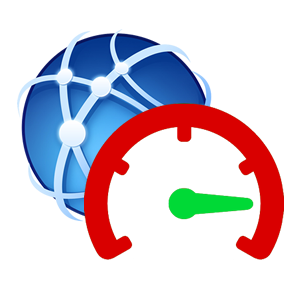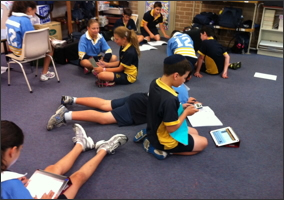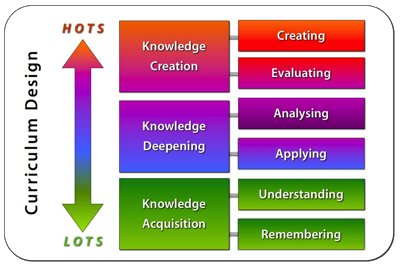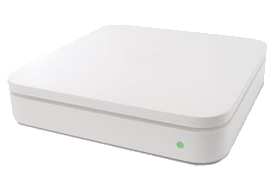
Thursday 5th June 2014
When schools rolls out a BYOT program they might be adding hundreds of new devices to their network. All using the school’s existing bandwidth to access the Internet.
You will definitely need more bandwidth to support BYOT. But you can make better use of your existing bandwidth using a proxy server.
Every time a student clicks on a link to a web page, resources are downloaded over your school’s Internet connection from a remote web server to the student’s computer – using a small slice of your bandwidth. Multiply this by hundreds of students all downloading resources from remote servers and you will soon reach your bandwidth limits.
So, imagine if you could store commonly used web resources inside your school network, and encourage students to use those common resources from inside the network, rather than repeatedly downloading the same resources over the school’s internet connection – freeing up your Internet bandwidth, and thereby helping to speed up your school’s shared Internet access?
Well, you can. And it can help improve the school’s pedagogical model too.
 Monday 23rd June 2014
Monday 23rd June 2014
 Thursday 19th June 2014
Thursday 19th June 2014 Tuesday 17th June 2014
Tuesday 17th June 2014 Monday 16th June 2014
Monday 16th June 2014

 Wednesday 11th June 2014
Wednesday 11th June 2014 Tuesday 1oth June 2014
Tuesday 1oth June 2014
 Wednesday 4th June 2014
Wednesday 4th June 2014
 Monday 2nd June 2014
Monday 2nd June 2014
 Arthur Phillip High School invites Principals and Technology Coordinators to a showcase of digital learning.
Arthur Phillip High School invites Principals and Technology Coordinators to a showcase of digital learning. David Zyngier has undertaken a study of the effects of class size on student academic performance. He finds:
David Zyngier has undertaken a study of the effects of class size on student academic performance. He finds: Monday 26th may 2014
Monday 26th may 2014

 Thursday 22nd May 2014
Thursday 22nd May 2014 Wednesday 21st May 2014
Wednesday 21st May 2014 Animoto is an online and mobile video creation service that makes it easy for students to create and share videos using their own pictures, video clips, words and music.
Animoto is an online and mobile video creation service that makes it easy for students to create and share videos using their own pictures, video clips, words and music. Thursday 15th May 2014
Thursday 15th May 2014



 Thinking about implementing BYOD in your school?
Thinking about implementing BYOD in your school? For those old enough to remember…
For those old enough to remember…